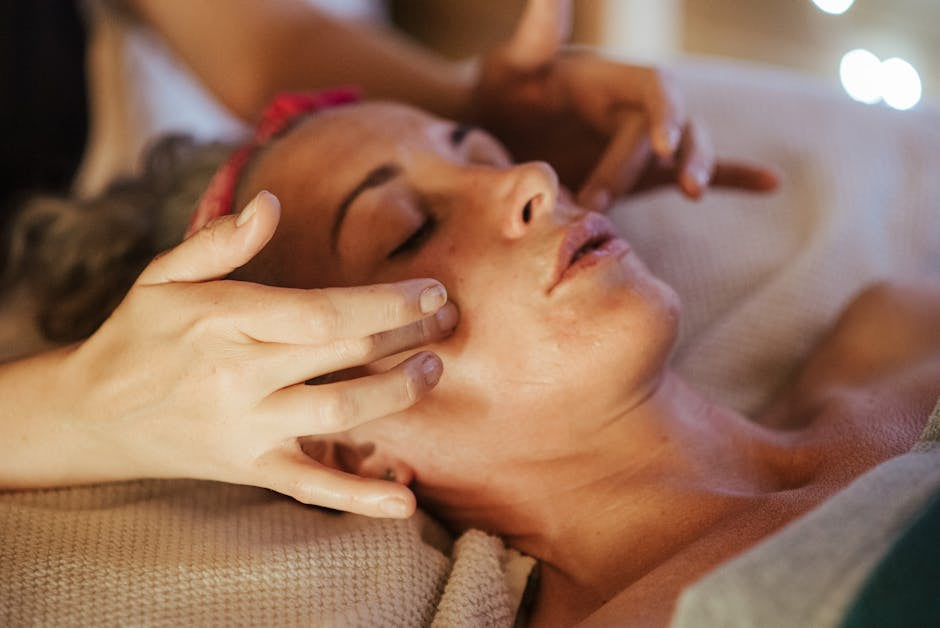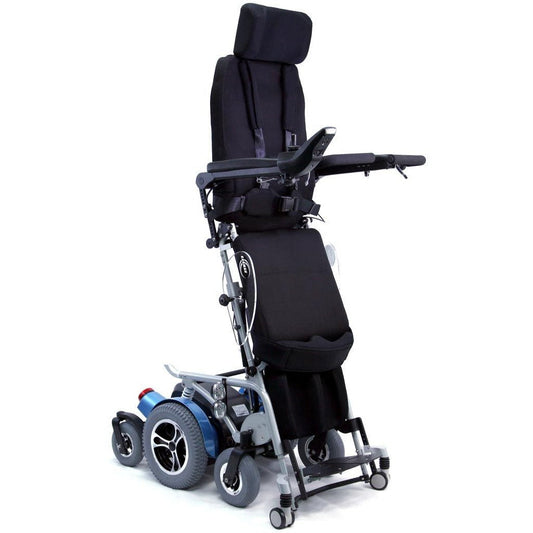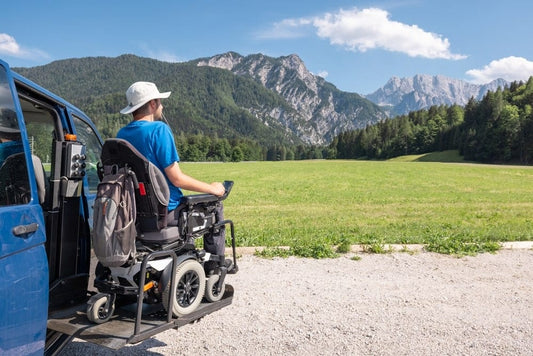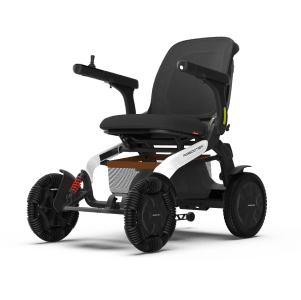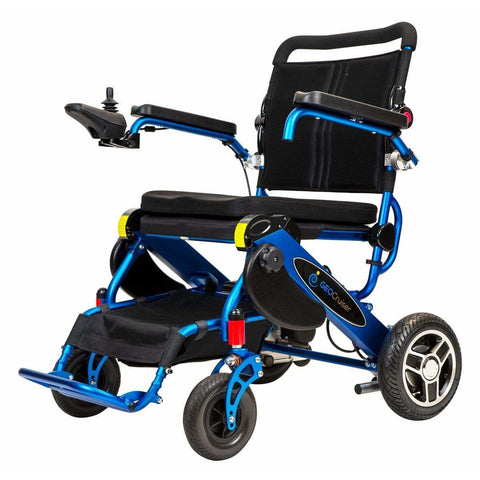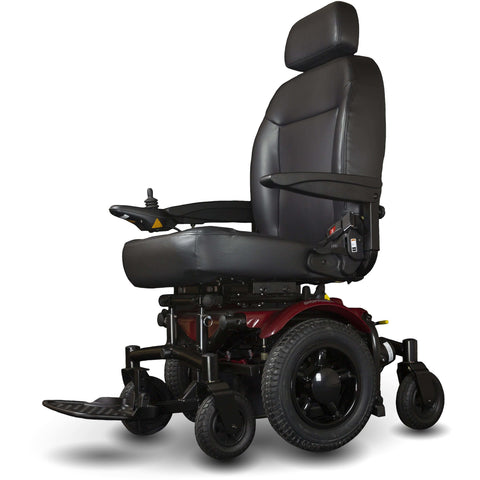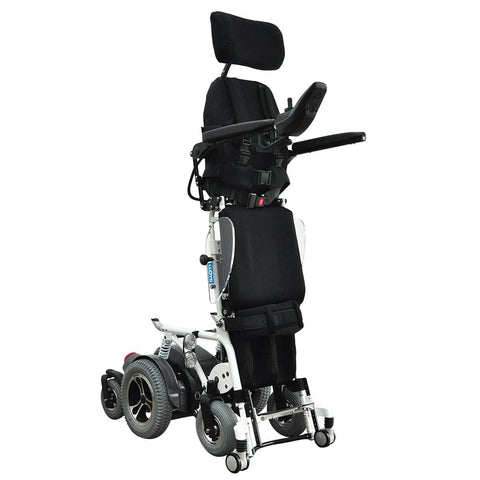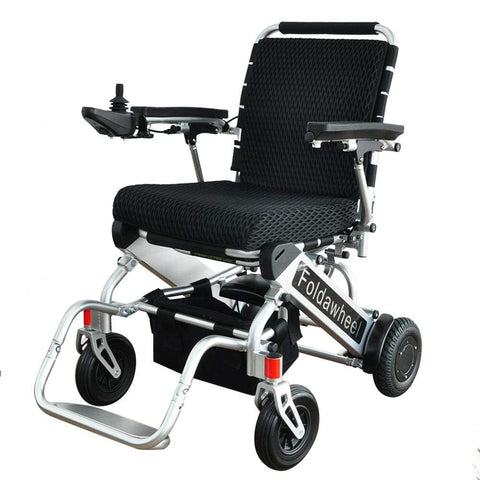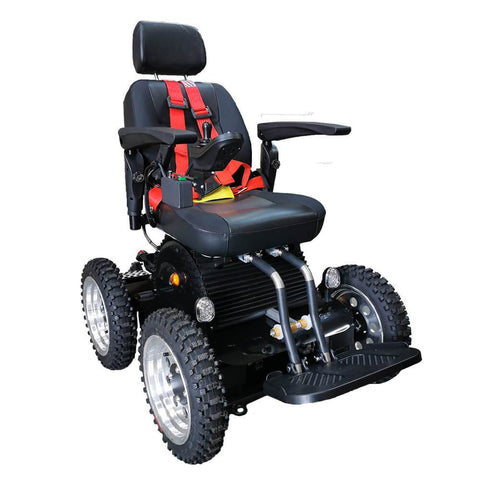Every day, many people spend hours seated, whether at work, while commuting, or at home. The impact of enhanced seated comfort goes beyond just physical relief; it can significantly influence our overall well-being. Discover how small adjustments can make a big difference in how we feel and function throughout the day.

The Impact of Enhanced Seated Comfort
When we think of seated mobility, we often focus on the physical aspects like posture and support. However, the benefits of enhanced seated comfort extend far beyond just the physical realm. A comfortable seat can promote relaxation, reduce stress, and enhance concentration and focus. It forms the foundation for a positive and productive seated experience.
Moreover, improved seated comfort can have a ripple effect on our overall well-being. From reducing the risk of musculoskeletal issues to boosting mood and mental clarity, the way we sit greatly impacts how we feel and function throughout the day. By recognizing the importance of enhanced seated comfort, we take a crucial step towards enhancing our quality of life.
In a world where sedentary activities are prevalent, ensuring that our seated environments are comfortable and supportive is key. Whether it’s at the office, in our cars, or relaxing at home, prioritizing seated comfort can lead to long-term benefits for both our physical and mental health.
Designing for Well-being in Seated Mobility
Creating designs that prioritize well-being in seated mobility involves a combination of ergonomic principles and user-centered approaches. From office chairs to public seating areas, each design decision plays a role in enhancing comfort and promoting health.
Considerations such as lumbar support, seat depth, and material flexibility all contribute to the overall comfort of a seating solution. By integrating these elements thoughtfully, designers can help individuals maintain better posture, reduce discomfort, and prevent long-term health issues associated with prolonged sitting.
Furthermore, incorporating elements of mobility within seated environments can encourage movement, reduce stiffness, and improve blood circulation. Dynamic seating options that allow for subtle shifts in posture can enhance comfort and prevent the negative effects of remaining static for extended periods.
In essence, designing for well-being in seated mobility goes beyond aesthetics; it involves creating spaces and furniture that actively support the health and comfort of individuals. By embracing ergonomic principles and a holistic approach to design, we can cultivate environments that prioritize well-being and enhance overall quality of life.
By leveraging innovative design solutions and advancing technology, we have the opportunity to revolutionize seated comfort and well-being. From smart seating adjustments to adaptive furniture designs, the future of seated mobility holds immense potential for improving our daily experiences and positively impacting our health.
By prioritizing enhanced seated comfort, we pave the way for improved well-being. Creating environments that support comfort and ergonomics in seated mobility can lead to positive changes in our quality of life, productivity, and health.

